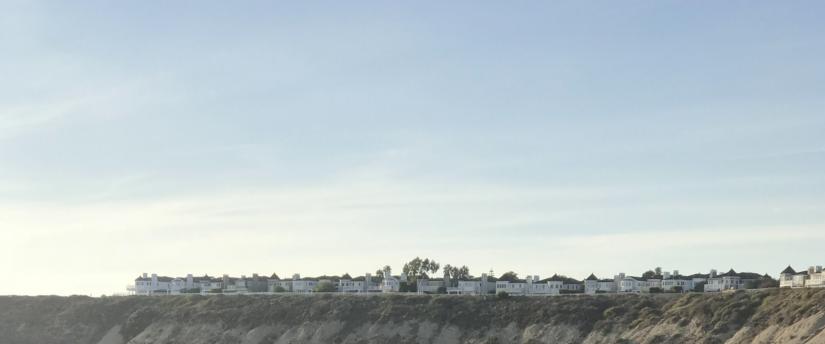
The Newport Bay Living Shorelines project, a collaboration with researchers from CSU Fullerton, CSU Long Beach, and Orange County Coastkeeper in Southern California, is working to understand if oyster and eelgrass beds restored alone or in combination with one another can act as living shorelines that promote shoreline resiliency, habitat creation, and support ecosystems. One open question is whether Olympia oysters (Ostrea lurida) and eelgrass (Zostera marina) may benefit or harm one another when restored together. Eelgrass increases sedimentation (e.g., sand, silt, mud, etc.) and may smother stationary filter feeders in nearby oyster beds. Impacts of sedimentation on oysters depend on where sediment is deposited and whether oyster growth outpaces sedimentation rates.
To determine whether eelgrass-induced sedimentation is stressful on oysters, the team will evaluate the health (via calculated condition indices) and filtration potential (using biomass as a proxy) of oysters and other filter-feeding bivalves that recruit to the restored oyster beds as a function of adjacent eelgrass density and eelgrass-induced sedimentation.
The research will assess the efficacy of methods to restore ecosystems and inform science-based and cost-effective adaptive management. The research team seeks to provide a better understanding of the relationship filter feeders share with eelgrass and sedimentation, thereby informing future management decisions about whether to restore these living shoreline species together or in isolation. Overall, this work intends to protect coastal homes while simultaneously enhancing coastal and marine biodiversity in the face of sea level rise.
2022 California Sea Grant Graduate Research Fellowship Webinar Presentation - June 18, 2024